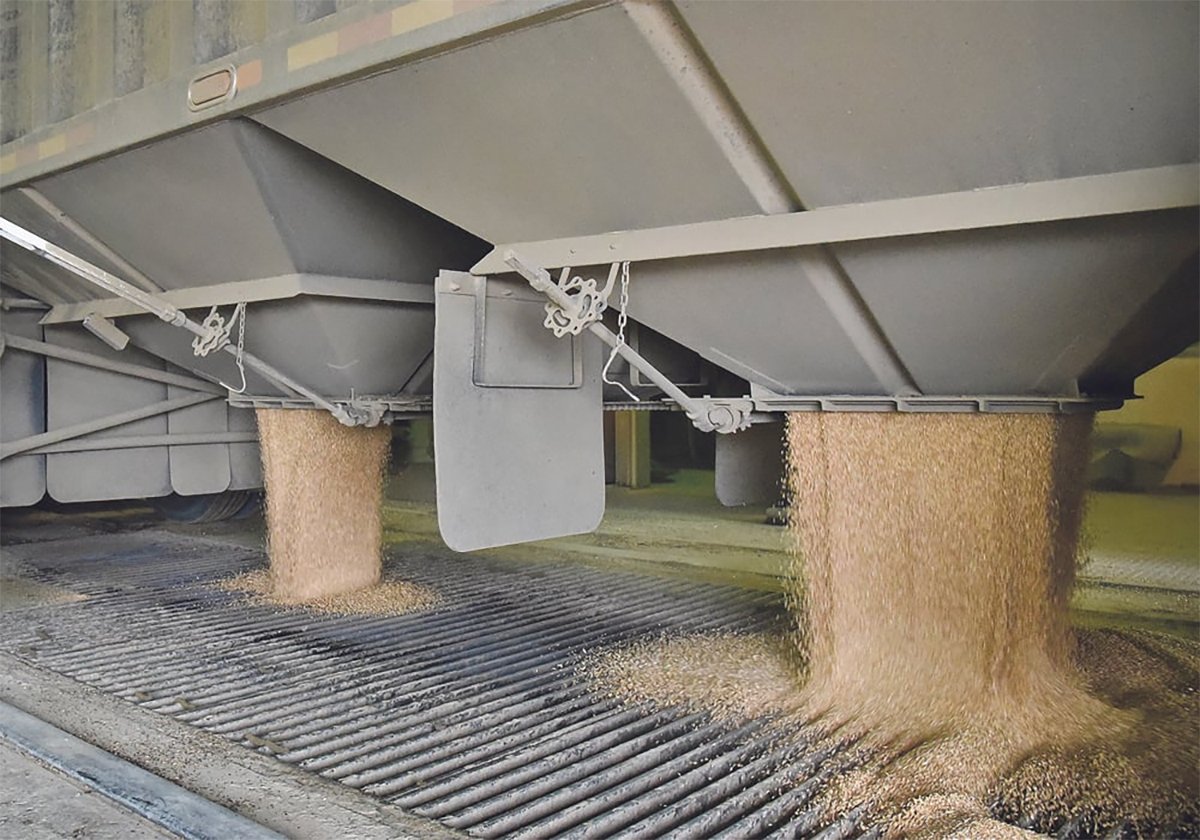How’d you like a higher dollar?
Well, you’ve got one. This morning the Bank of Canada upped its trend-setting interest rate by a quarter-point to 0.75 percent. That means almost all floating rates will immediately increase and other interest rates be affected, although longer rates generally have the least direct connection.
And it means that the Loonie popped up 0.31 of a cent today to 95.11 (so far), which effectively cuts the price of most agricultural commodities by about one-third of a percent. The U.S. rate is flat at effectively zero and the Canadian rate has just shown that it is much more likely to increase in future, so that makes the Loonie a better buck than the Greenback in the minds of most in the market.
Read Also

Worrisome drop in grain prices
Prices had been softening for most of the previous month, but heading into the Labour Day long weekend, the price drops were startling.
The Bank of Canada put out some less than exuberant forecasty words with its hike this a.m., cutting its growth prospects for the rest of this year and for next year, and pushed off the date when it expects the Canadian economy to be operating at full capacity.
But its forecast is still stuffed full of roses compared to the situation in the U.S. The BOC is expecting Canuck growth of 3.5 percent and 2.9 percent. In the U.S., most forecasters I’ve heard would be happy with two percent growth. What they’re worried about in the U.S. is a double-dip recession or – much worse – deflation. Many sage market watchers – such as Dennis Gartman and Gary Shilling – have called for long term U.S. growth at a sluggish two percent and PIMCO – the gods of the bond buy side – basically agrees.
So we’ve got strong commodity economies like Canada and Australia, which are boosting rates and seeing decent economic growth, weak industrial economies like the U.S. which is teetering on the edge of recession and depression with millions of unemployed and financial problems that would choke a whale, and emerging markets countries like China and Brazil that seem OK.
So what does this mean for crop and commodity prices? To me the charts are saying they can’t decide. So they’re jigging around in a new range following a rebirth in confidence that led to pretty hefty summer gains until the economy seemed to become unglued again.
Have a look:




The world is still mightily unsettled after that 2008 meltdown and we’re flopping around like fish on the bottom of the boat, trying to get out of these doldrums, preferably without that nasty hook poking through our cheek, looking for safe waters.















